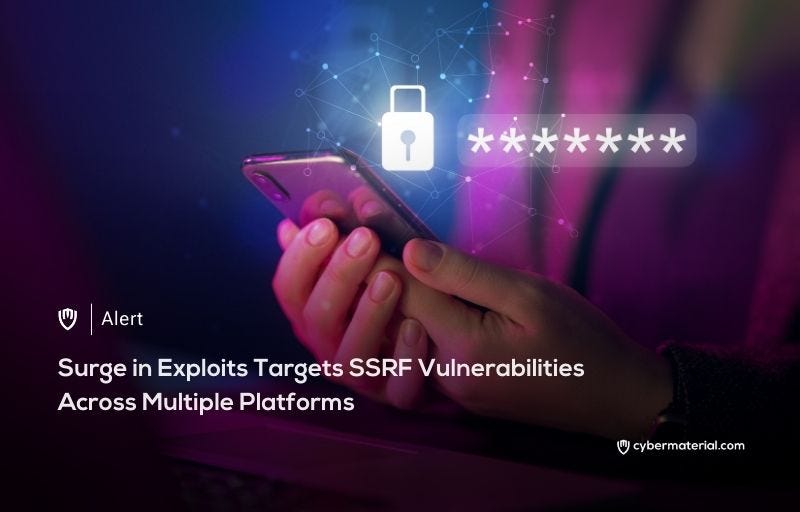
GreyNoise has issued a warning regarding a coordinated surge in the exploitation of Server-Side Request Forgery (SSRF) vulnerabilities, which are now affecting multiple platforms. The firm detected significant exploitation activity on March 9, 2025, involving at least 400 distinct IP addresses targeting various SSRF CVEs simultaneously. GreyNoise’s investigation found notable overlap between the attack attempts, indicating a deliberate and organized approach to exploiting these vulnerabilities. The countries affected by these attacks include the United States, Germany, Singapore, India, Lithuania, Japan, and Israel, where a particularly strong surge was observed on March 11, 2025.
The SSRF vulnerabilities being actively exploited span a wide range of software and platforms.
Some of the key vulnerabilities include CVE-2017-0929 in DotNetNuke, CVE-2020-7796 in Zimbra Collaboration Suite, CVE-2021-21973 in VMware vCenter, and CVE-2021-22054 in VMware Workspace ONE UEM. In addition to these high-severity vulnerabilities, attackers are also targeting flaws in GitLab CE/EE and ColumbiaSoft DocumentLocator. The list of affected software highlights the significant reach of these exploit attempts, which involve both high-profile platforms and lesser-known services. GreyNoise’s analysis suggests that the same IP addresses are targeting multiple vulnerabilities at once, a sign that attackers may be automating their efforts or engaging in pre-compromise intelligence gathering.
This surge in SSRF exploitation highlights the growing sophistication and coordination of cybercriminal operations.
GreyNoise’s findings suggest that the attacks are not random but highly structured, with attackers possibly utilizing automated tools or pre-existing intelligence to maximize the effectiveness of their efforts. The firm further explained that many of these attacks seem to be driven by a strategic approach, where attackers are leveraging SSRF vulnerabilities to map internal networks, locate vulnerable services, and potentially steal sensitive cloud credentials. These capabilities make SSRF exploitation particularly dangerous in cloud environments, where attackers can gain access to metadata APIs and pivot across networks to achieve their objectives.
In light of this ongoing exploitation, GreyNoise has advised organizations to take several proactive measures to mitigate the risks posed by these SSRF vulnerabilities. First, organizations are urged to apply all relevant patches for affected software and services. Additionally, they should limit outbound connections to only the necessary endpoints and continuously monitor network traffic for any suspicious outbound requests that may indicate exploitation attempts. The firm emphasized that modern cloud services often rely on internal metadata APIs, which can be accessed by attackers if SSRF vulnerabilities are exploited. Therefore, it is crucial for organizations to enhance their cloud security posture and adopt robust monitoring practices to defend against these sophisticated threats. As the exploitation continues to evolve, GreyNoise urges all organizations to stay vigilant and implement these security measures to protect against the growing threat of SSRF-based cyberattacks.
Reference:
The post Surge in Exploitation of SSRF Flaws first appeared on CyberMaterial.


